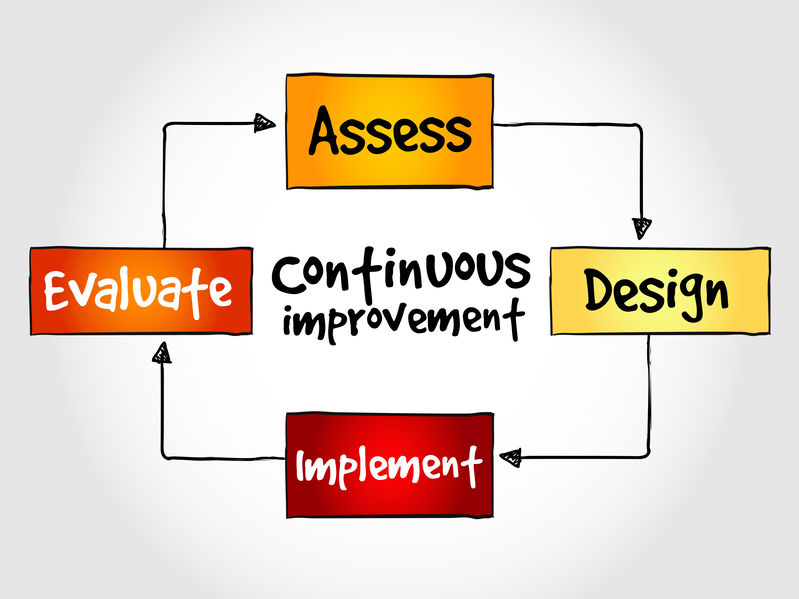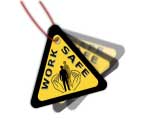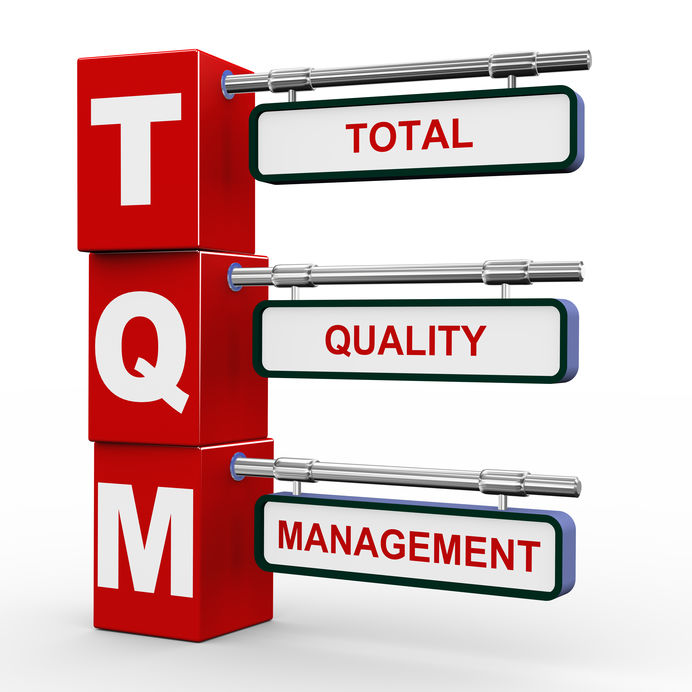Cowa Facility Management holds certification for the scope of “Facilities Management Services” in the following management systems:
ISO 9001 : 2015
Quality Management System
Certificate registration number: 01011337
- Cleaning services
- Gardening Services *
- Disinfection, Pest Control Services *
- Electrical Services *
- HVAC Services *
- Renovations *
ISO 14001 : 2015
Environmental Management System
Certificate registration number: 04012007
- Cleaning services
- Gardening Services *
- Disinfection, Pest Control Services *
- Electrical Services *
- HVAC Services *
- Renovations *
ISO 45001 : 2018
Occupational Health and Safety Management System
Certificate registration number: 20152200003968
- Cleaning services
- Gardening Services *
- Disinfection, Pest Control Services *
- Electrical Services *
- HVAC Services *
- Renovations *







